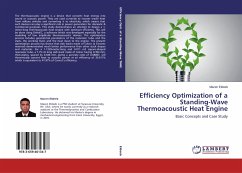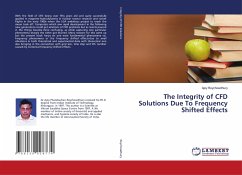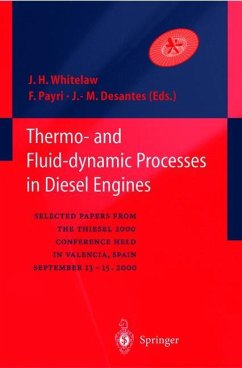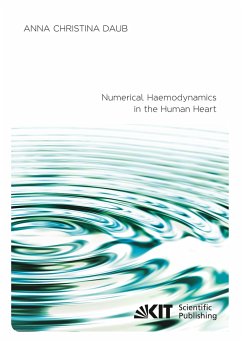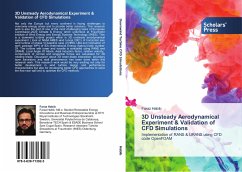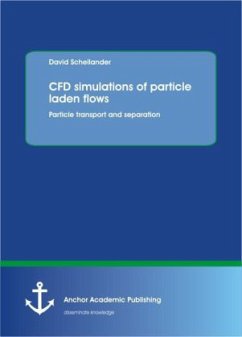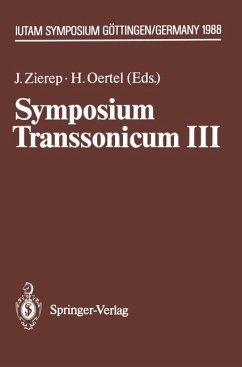
Hand book of Thermoacoustic Engines using CFD
Versandkostenfrei!
Versandfertig in 6-10 Tagen
36,99 €
inkl. MwSt.

PAYBACK Punkte
18 °P sammeln!
Thermoacoustic refrigeration is a new, environmentally safe refrigeration technology and can be an alternative to conventional refrigeration systems. Such a system is mechanically simple in structure and does not have any moving parts and hence have increased reliability. Thermoacoustic refrigerator can also be built using directly a loud speaker for generating acoustic oscillations. Thermoacoustic energy conversion is based on the Stirling cycle and uses sound waves to displace and compress the working gas. When this process occurs inside a porous medium that is subject to a temperature gradi...
Thermoacoustic refrigeration is a new, environmentally safe refrigeration technology and can be an alternative to conventional refrigeration systems. Such a system is mechanically simple in structure and does not have any moving parts and hence have increased reliability. Thermoacoustic refrigerator can also be built using directly a loud speaker for generating acoustic oscillations. Thermoacoustic energy conversion is based on the Stirling cycle and uses sound waves to displace and compress the working gas. When this process occurs inside a porous medium that is subject to a temperature gradient, a thermoacoustic engine creates intense sound. Conversely, when strong sound waves interact with a porous medium, a temperature gradient can be imposed through the attenuation of the pressure amplitude, creating a thermoacoustic refrigerator. As an approach to decreasing the footprint of a thermoacoustic system, a CFD analysis of a whole thermoacoustic engine was performed, and the influence of the temperature boundary conditions, stack assembly, resonator length and the heat transfer coefficient was investigated.



